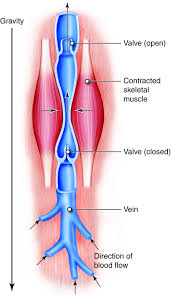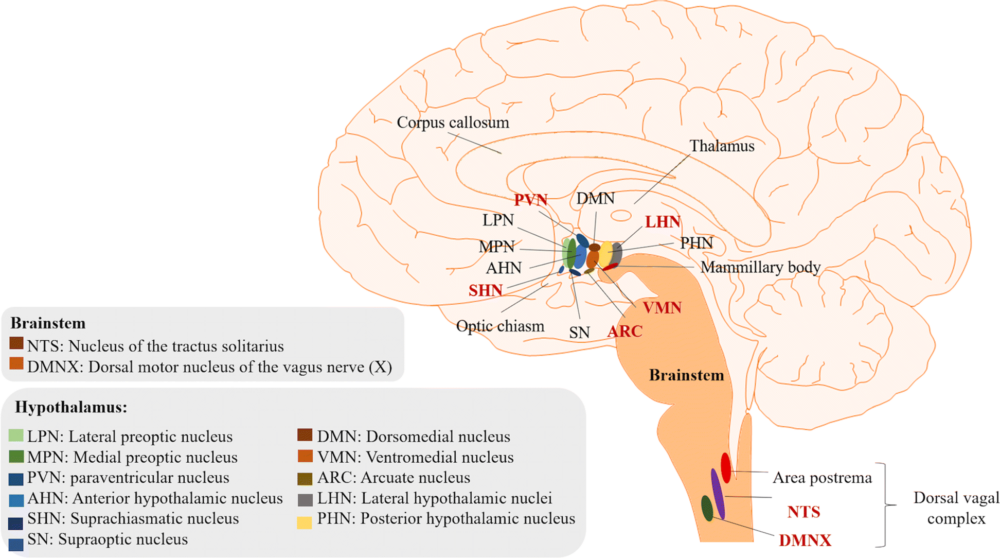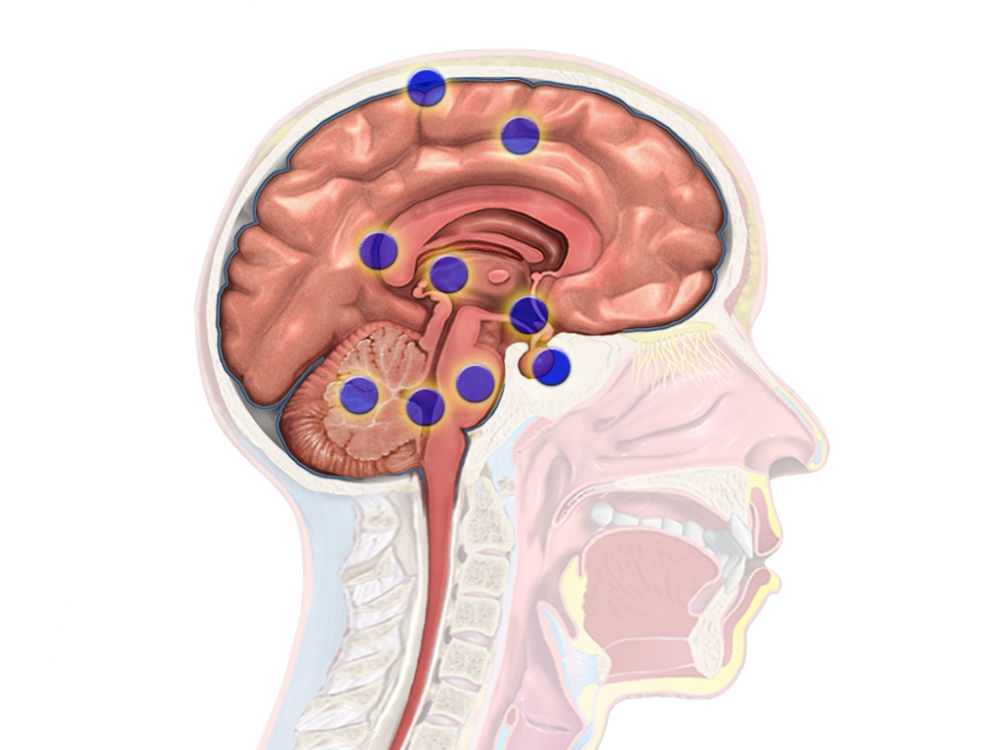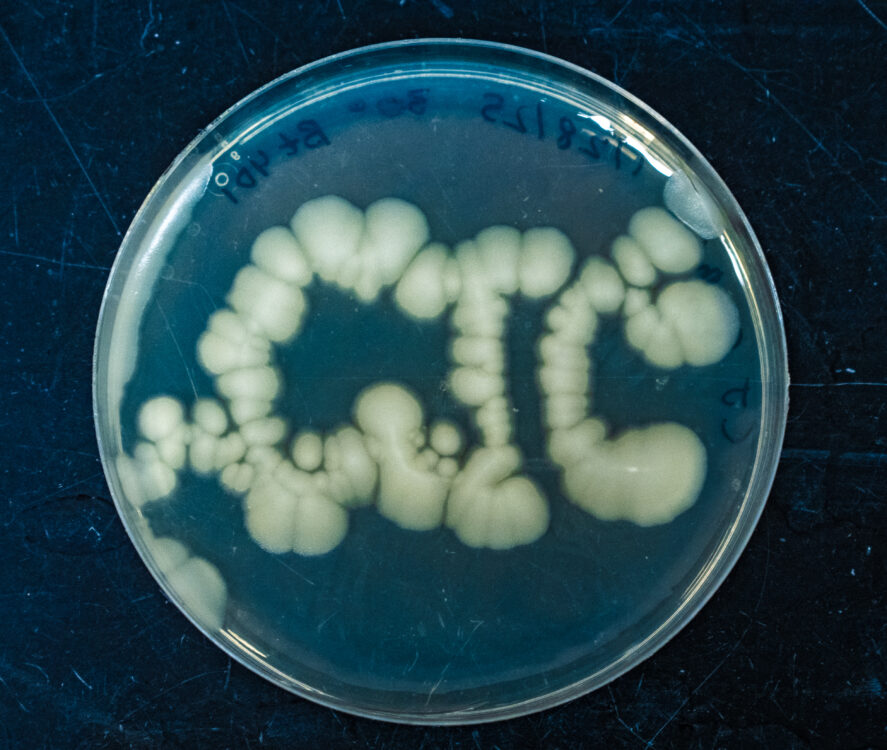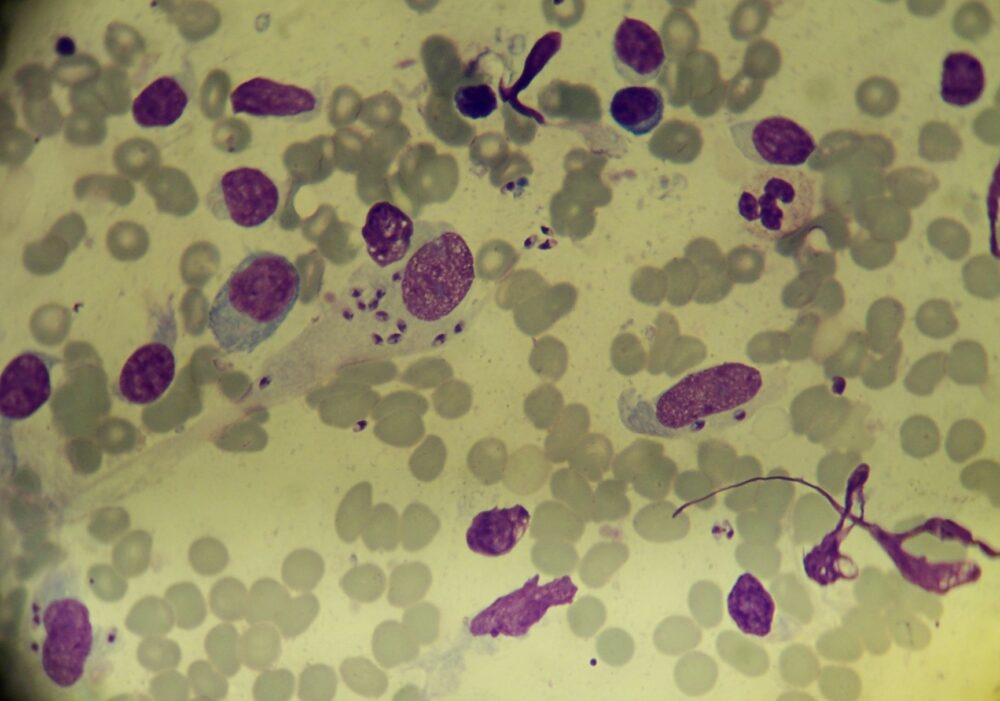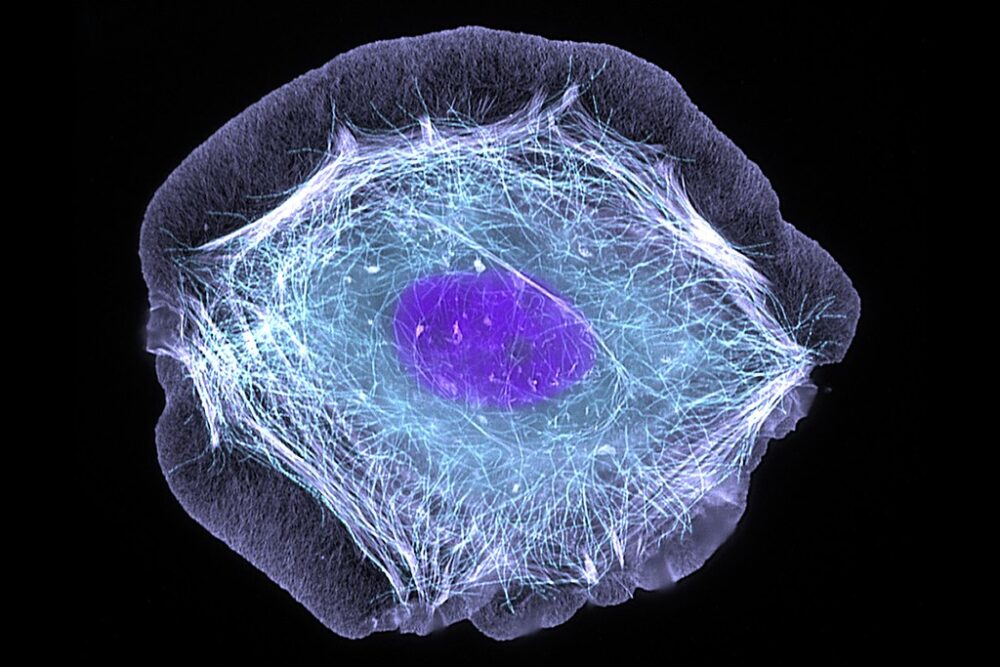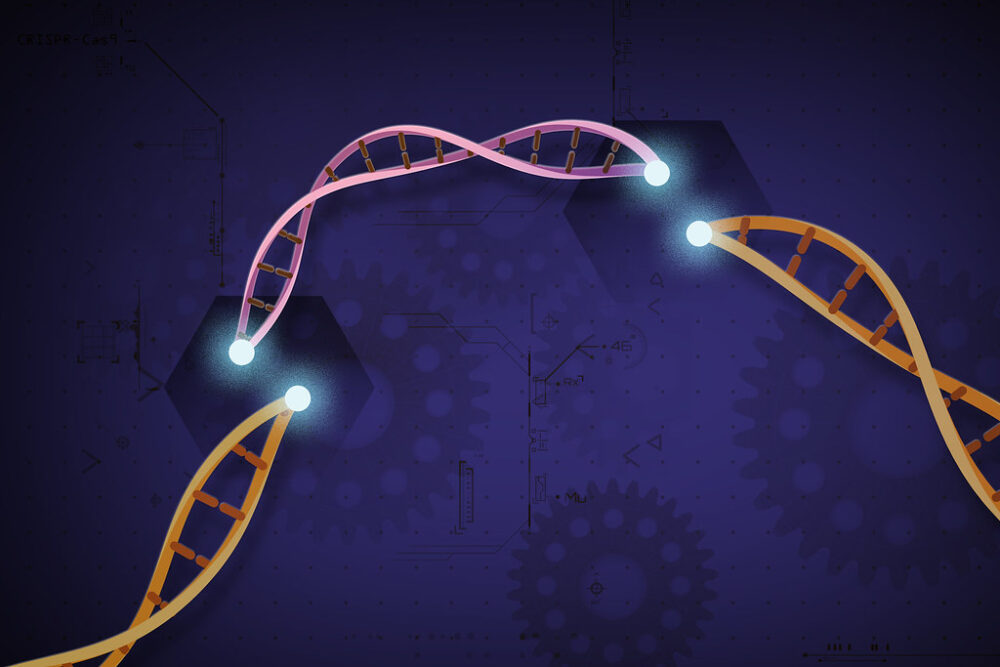FDA approves bioengineered blood vessels grown from human cells
Just as roads allow for travel from point A to point B, blood vessels allow blood to travel throughout the human body, delivering the nutrients necessary to life. However, when they are blocked, they are no longer able to bring blood to all parts of the body, which is one of the leading causes of […]
FDA approves bioengineered blood vessels grown from human cells Read More »
